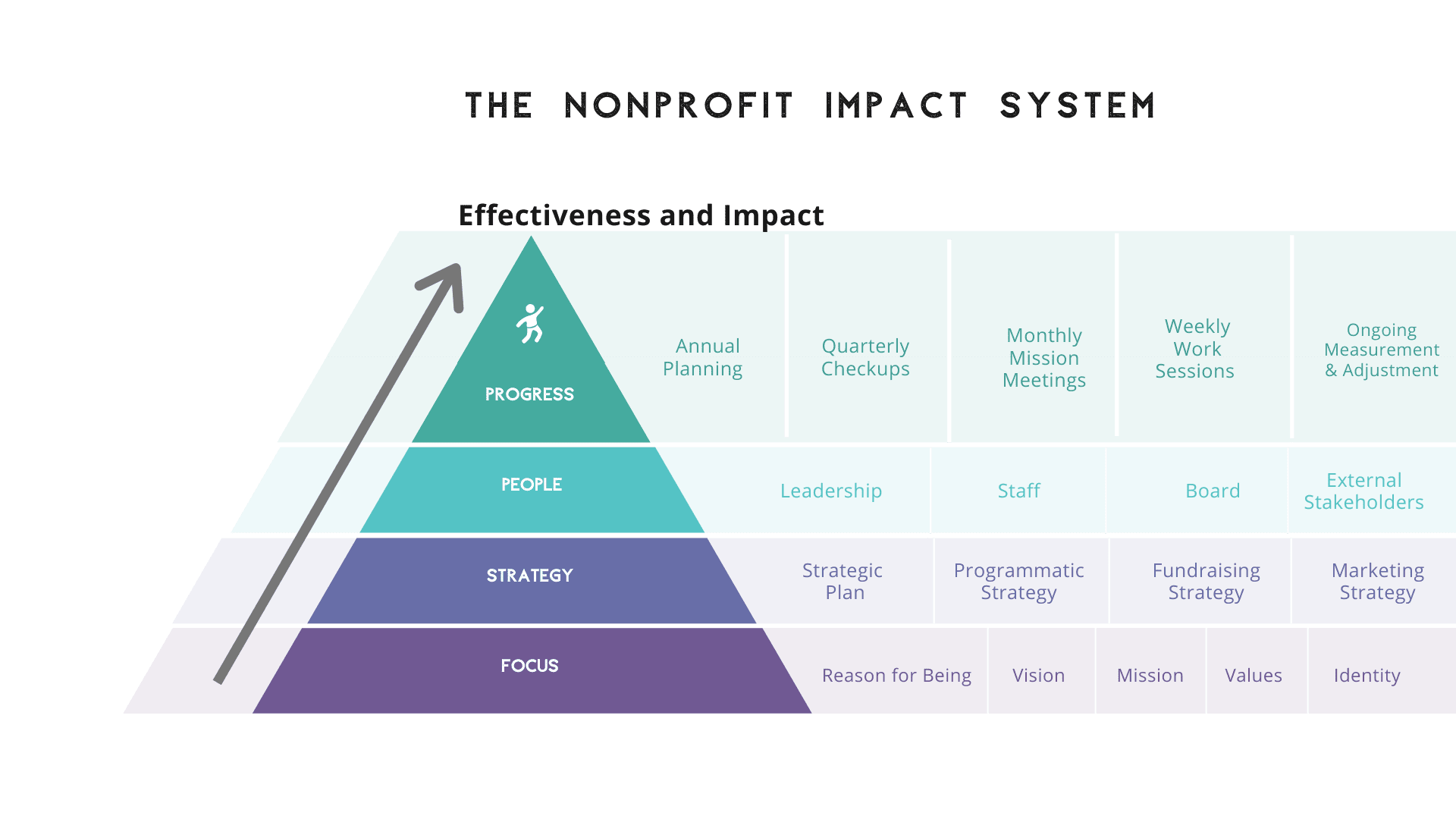AI in Non-profit Organizations: Enhancing Impact and Efficiency

Artificial intelligence (AI) has emerged as a powerful tool that can significantly enhance the impact and efficiency of non-profit organizations (NPOs). By leveraging AI’s capabilities, NPOs can gain valuable insights, automate tasks, and optimize their operations.

Data-Driven Decision Making

AI enables NPOs to collect and analyze large amounts of data related to their operations, beneficiaries, and target communities. These data provide valuable insights that help organizations make more informed decisions. For example, AI can be used to:
- Identify areas where demand for services is highest
- Personalize outreach efforts to target specific populations
- Evaluate the effectiveness of programs and make adjustments accordingly
Automating Tasks
AI can automate many repetitive and time-consuming tasks in NPO operations, such as:
- Data entry and processing
- Financial management
- Fundraising and donor communications
- Case management
- Scheduling and appointment reminders
By automating these tasks, NPO staff can focus on more strategic initiatives that directly benefit their mission.
Improved Beneficiary Engagement
AI can be used to enhance beneficiary engagement and provide personalized support. For instance:
- Chatbots and virtual assistants can answer beneficiaries’ questions and provide information in real-time
- AI-powered recommendation systems can provide tailored services and resources
- AI-driven analytics can identify beneficiaries at risk of falling out of programs
Increased Fundraising Efficiency
AI can assist NPOs in fundraising efforts by:
- Identifying potential donors and segmenting them based on interests
- Optimizing campaign messaging and timing
- Automating outreach and follow-up communications
- Providing data-driven insights into donor behavior and preferences
Optimizing Operations
AI can help NPOs optimize their internal operations by:
- Streamlining supply chain management and inventory
- Scheduling staff and volunteers efficiently
- Enhancing communication and collaboration across teams
- Reducing operational costs and improving profitability
Challenges and Considerations
While AI offers significant benefits to NPOs, it also presents certain challenges:
- Ensuring data privacy and ethical use
- Overcoming skepticism or resistance to technology
- Finding resources to invest in AI implementation
- Addressing potential job displacement
Organizations need to carefully consider these challenges and develop strategies to mitigate risks while harnessing the full potential of AI.
Conclusion
AI has the potential to revolutionize the operations of non-profit organizations. By leveraging AI’s capabilities, NPOs can make more data-driven decisions, automate tasks, improve beneficiary engagement, increase fundraising efficiency, and optimize their operations. By embracing AI, non-profits can enhance their impact, deliver more effective services, and achieve their social mission more effectively.## Ai In Non-profit Organizations: Enhancing Impact And Efficiency
Executive Summary
Artificial intelligence (AI) is rapidly changing the world as we know it. From self-driving cars to medical diagnosis, AI is already having a major impact on our lives. And it’s only going to become more prevalent in the years to come.
Non-profit organizations are starting to take notice of AI’s potential. AI can be used to streamline tasks, improve efficiency, and increase impact. In this article, we’ll explore the various ways that non-profits can use AI to achieve their goals.
Introduction
Non-profit organizations are always looking for ways to improve their efficiency and increase their impact. Artificial intelligence (AI) is a powerful tool that can help non-profits achieve these goals.
AI can be used to:
- Automate tasks
- Improve decision-making
- Identify trends
- Personalize communications
- Provide insights into donor behavior
By using AI, non-profits can free up their staff to focus on more strategic initiatives and better serve their communities.
FAQs
1. What are the benefits of using AI in non-profit organizations?
AI can help non-profits streamline tasks, improve efficiency, and increase impact. It can be used to automate tasks, improve decision-making, identify trends, personalize communications, and provide insights into donor behavior.
2. How can non-profits use AI to automate tasks?
AI can be used to automate a wide range of tasks, such as data entry, email marketing, and social media management. This can free up staff to focus on more strategic initiatives.
3. How can AI help non-profits improve decision-making?
AI can be used to analyze data and identify trends. This information can be used to make better decisions about everything from fundraising to program development.
Top 5 Subtopics
1. Automating Tasks
AI can be used to automate a wide range of tasks, such as:
- Data entry
- Email marketing
- Social media management
- Customer service
- Financial reporting
2. Improving Decision-Making
AI can be used to analyze data and identify trends. This information can be used to make better decisions about everything from fundraising to program development.
- Predictive analytics can be used to identify donors who are likely to give again.
- Machine learning can be used to identify trends in donor behavior.
- Natural language processing can be used to analyze text data, such as donor comments and feedback.
3. Identifying Trends
AI can be used to identify trends in data. This information can be used to make better decisions about everything from fundraising to program development.
- Clustering algorithms can be used to identify groups of donors with similar characteristics.
- Association rules can be used to identify relationships between different variables, such as donor age and giving amount.
- Time series analysis can be used to identify trends in data over time.
4. Personalizing Communications
AI can be used to personalize communications with donors. This can help to increase engagement and boost fundraising.
- Natural language generation can be used to create personalized email messages and letters.
- Machine learning can be used to recommend content that is relevant to each donor’s interests.
- Chatbots can be used to provide personalized customer service.
5. Providing Insights into Donor Behavior
AI can be used to provide insights into donor behavior. This information can be used to improve fundraising strategies and increase donations.
- Predictive analytics can be used to identify donors who are likely to give again.
- Machine learning can be used to identify trends in donor behavior.
- Natural language processing can be used to analyze text data, such as donor comments and feedback.
Conclusion
AI is a powerful tool that can help non-profit organizations streamline tasks, improve efficiency, and increase impact. By using AI, non-profits can free up their staff to focus on more strategic initiatives and better serve their communities.
Keywords
- AI in non-profits
- Artificial intelligence
- Non-profit technology
- Fundraising
- Donor engagement
